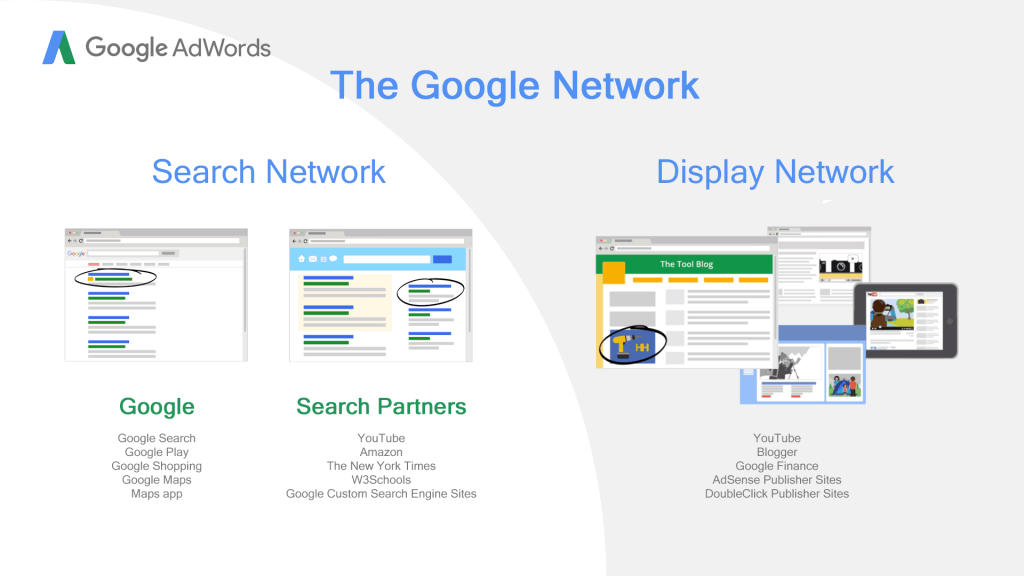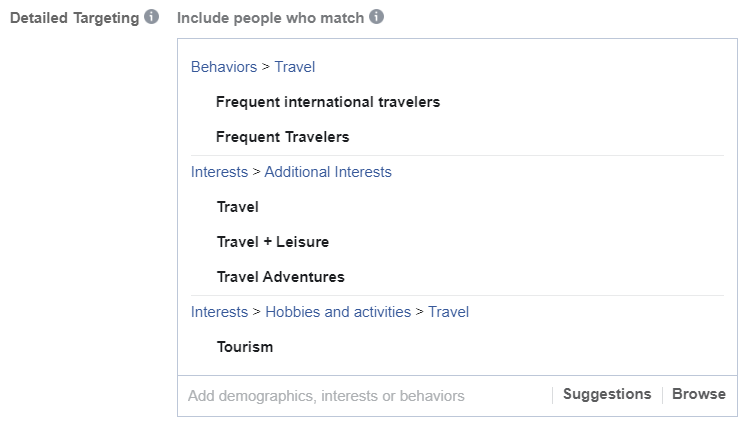You dove into the data and you read the industry reports. You talked to existing customers and got their feedback. It’s clear that you’ve done the research into determining who to market your travel destination services to. This now begs the question: how do you target these individuals digitally?
Digital marketing platforms, such as Google and Facebook, make it easy to target ads to your ideal audiences. This guide is designed to explain the targeting options available and how to acquire qualified customers through strategic targeting.
Google Audience Targeting
As of 2019, Google controls about 75% of search share on the internet. For those using Google Ads, paid ads convert 50% better than organic search results. It’s safe to say that Google Ads is a powerful platform for targeting ads and reaching the right people at the right time.
Google has spent many years improving and adding features to Ads, and its targeting options are no exception. Allowing for more options than just demographics, Google Ads can also help hone on interests and behaviors of potential customers.

Search Network
- Affinity Audiences: What the user’s interests and habits are. This option focuses on patterns and behaviors of the user, such as noticing when someone travels a lot for work. Tourism-specific options include:
- Business Travelers
- Travel Buffs
- In-Market Audiences: What users are actively researching or planning. Adding this audience option allows for your ads to potentially be shown to those seeking related services. Possible audiences for tourism agencies to focus on that fall under in-market include:
- Air Travel
- Bus & Rail Travel
- Car Rental
- Cruises
- Hotel & Accommodations (include or exclude vacation rentals)
- Trips by Destination (this option allows for you to break down by country, region, and major city)
- Remarketing: How the user has interacted with your business. This option focuses on retargeting those who have already visited your website or have had some contact with your brand.

Display and Video Network
In addition to the audience options available on the Search Network, display and video ads also have the following option:
- Custom Intent Audiences: Similar to in-market audiences, custom intent allows for you to compile a list of keywords related to your industry, brand, and services. These keywords can include ones you are not bidding on, as well as your paid keywords.
Linked Sources
If your website is set up on Google Analytics, this can be another valuable source for remarketing audiences. When selecting the remarketing option in Ads, you can choose to select the audience from your Ads source or your Analytics source, therefore pulling from a pool of organic or paid traffic users.
Facebook Audience Targeting
With 2.5 billion monthly active users worldwide, Facebook is an almost unlimited source of potential customers. Similar to Google Ads, Facebook Ads allow you to target users based on demographics, such as age, location, and gender. However, it offers its own unique targeting options that provide you the opportunity to reach qualified prospects from another angle.
Custom Audiences
I consider this to be one of their best features for targeting. Facebook allows you to upload your customer lists directly and target based on personal information, like email addresses and phone numbers. With custom audiences built in Facebook, you can retarget existing customers, exclude existing subscribers when running campaigns for new subscribers, and expand your reach by including a custom audience.

Lookalike Audiences
An option only available thanks to Facebook’s matching algorithm, a lookalike audience is built off a custom audience and finds users that are most similar to it. Simple to set up, Facebook will give you the option to adjust the “broadness” of the audience from a range of 1% to 10%. The lower the percentage, the more strict the lookalike audience will be identifying similar users. The higher, the broader and wider the audience will be.

Detailed Targeting
Facebook Ads have the advantage to better target users based on personal information since Facebook provides users a platform to follow, create and share personal content. Detailed targeting can include a user’s job title, company, what pages they follow, life events, behavior, and more. Here you can create an audience based on the personas you uncovered in your research.
Suggestions for targeting travelers using this option can include:
- Followers of Facebook pages of competitors
- Those who recently returned from traveling
- Followers of travel-related Facebook pages

And there you have it! Now you can take the next step of reaching a more qualified audience by using any of these targeting options available through Google Ads and Facebook Ads.

